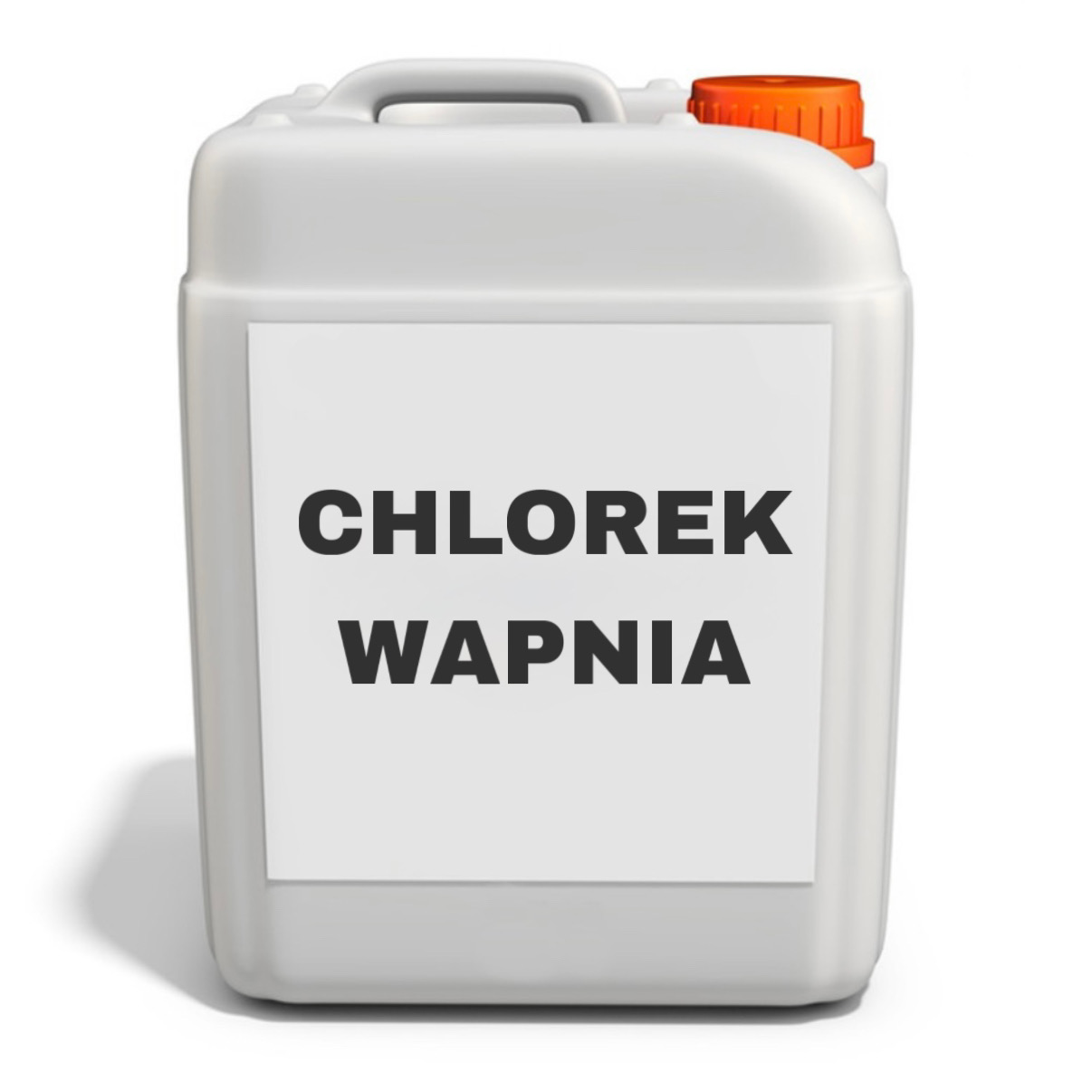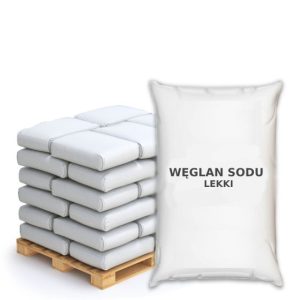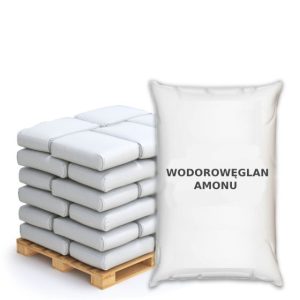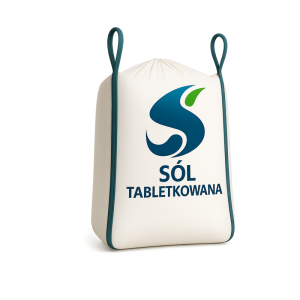Description
Molar mass: 110.98 g/mol
pH: approx. 6–8
Calcium chloride 34% is a solution of the inorganic chemical compound CaCl₂, of high purity. The product is manufactured from food-grade hydrochloric acid and high-purity limestone, ensuring minimal content of impurities, including alkali metals, iron, and other trace elements. The raw material is characterized by high chemical and microbiological stability as well as full miscibility with water and other process liquids, allowing easy and uniform dosing in technological processes.
The product complies with legal requirements for food additives (E509) and can be used in the food industry.
MARKET
Calcium chloride has a wide range of applications across various industrial sectors. Its main producers are countries with a well-developed chemical industry and easy access to limestone resources. The global leaders in the calcium chloride market are China, the United States, and the European Union countries. India and Canada also play an important role. In Europe, the largest producers and exporters of calcium chloride solutions are Germany, the Netherlands, and Poland. Norway is also significant, where calcium chloride is obtained as a by-product of the petrochemical industry.
In Poland, food-grade aqueous calcium chloride solution is widely used in the food industry – particularly in brewing, fruit and vegetable processing, as well as in the production of cheese and beverages.
APPLICATIONS
The 34% calcium chloride solution offered by our company complies with the legal requirements for food additives (E509) and is intended for use in the food industry, especially in cheese production technology.
In cheese-making, calcium chloride acts as a processing aid, improving casein coagulation and increasing curd yield. Due to its good solubility and stability, the product is easy to dose and distributes evenly in milk, supporting the cheese-making process.
In addition to cheese production, it can also be used in fruit and vegetable processing, isotonic beverages, brewing, and winemaking. Its role is to improve product quality, ensure shelf life, and support large-scale technological processes.
Thanks to its high purity and safety, calcium chloride is also used outside the food sector – in pharmaceuticals, dietary supplements, and for the mineralization of bottled water.
PRECAUTIONARY MEASURES
| Category | Description |
| General remarks | Do not leave the affected person unattended. Ensure rest and warmth. If symptoms persist, seek medical advice. Never give anything by mouth to an unconscious person. |
| After inhalation | Move the affected person to fresh air and ensure conditions for free breathing. If symptoms persist, consult a doctor. |
| After skin contact | Remove contaminated clothing. Rinse skin with plenty of water. If irritation occurs, consult a doctor. Wash contaminated clothing before reuse. |
| After eye contact | Remove contact lenses if present and easy to do. Rinse eyes with clean water for at least 10 minutes, keeping eyelids open. Immediately consult an ophthalmologist. |
| After ingestion | Do not induce vomiting. Rinse mouth with water and give plenty of water to drink (at least 300 ml) if the person is conscious. If symptoms occur, consult a doctor. |
| Notes for medical assistance and special treatment | Symptomatic treatment. The product may cause irritation of the esophagus and respiratory tract. The affected person should be monitored after oral exposure. |
HAZARD AND PRECAUTIONARY CODES
H319: Causes serious eye irritation.
P280: Wear protective gloves/protective clothing/eye protection/face protection.
P305 + P351: IF IN EYES: Rinse cautiously with water for several minutes.
P337 + P313: If eye irritation persists: Get medical advice/attention.






